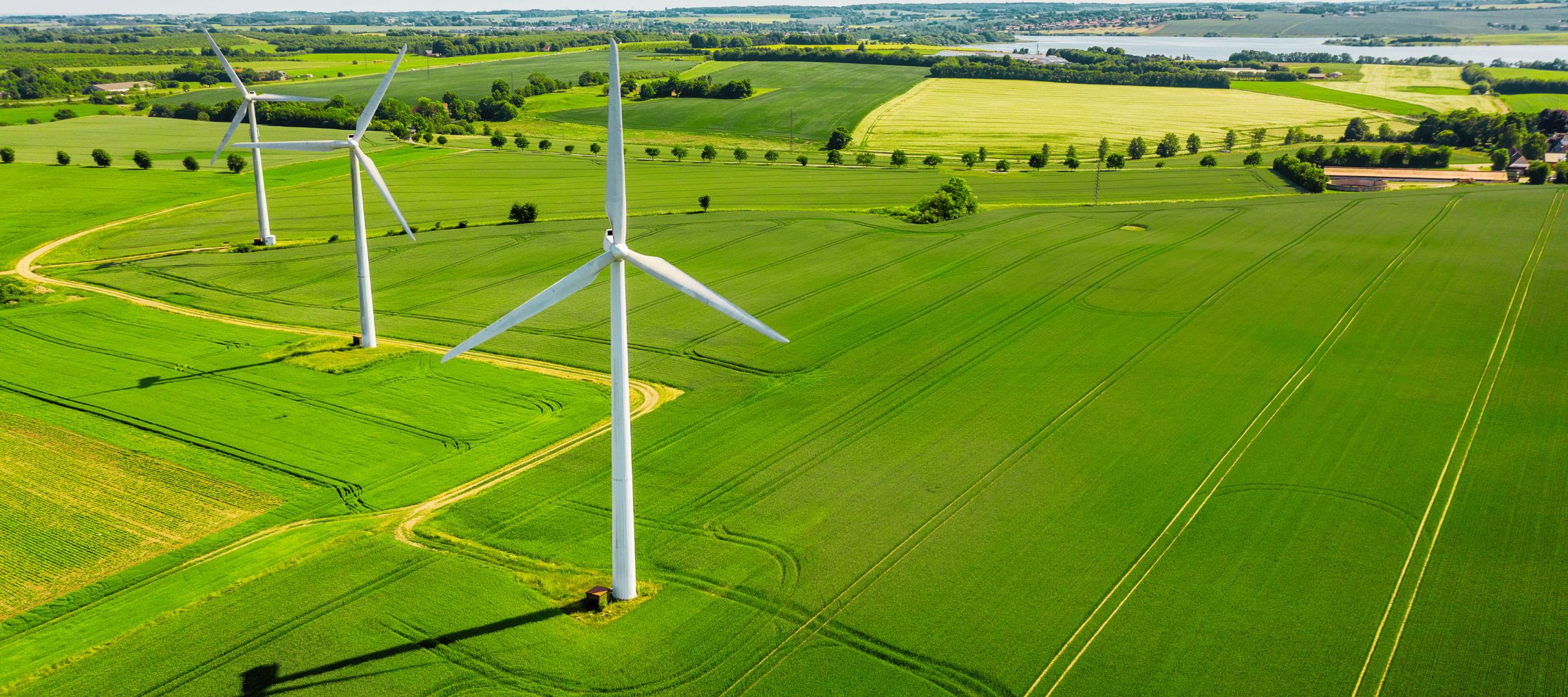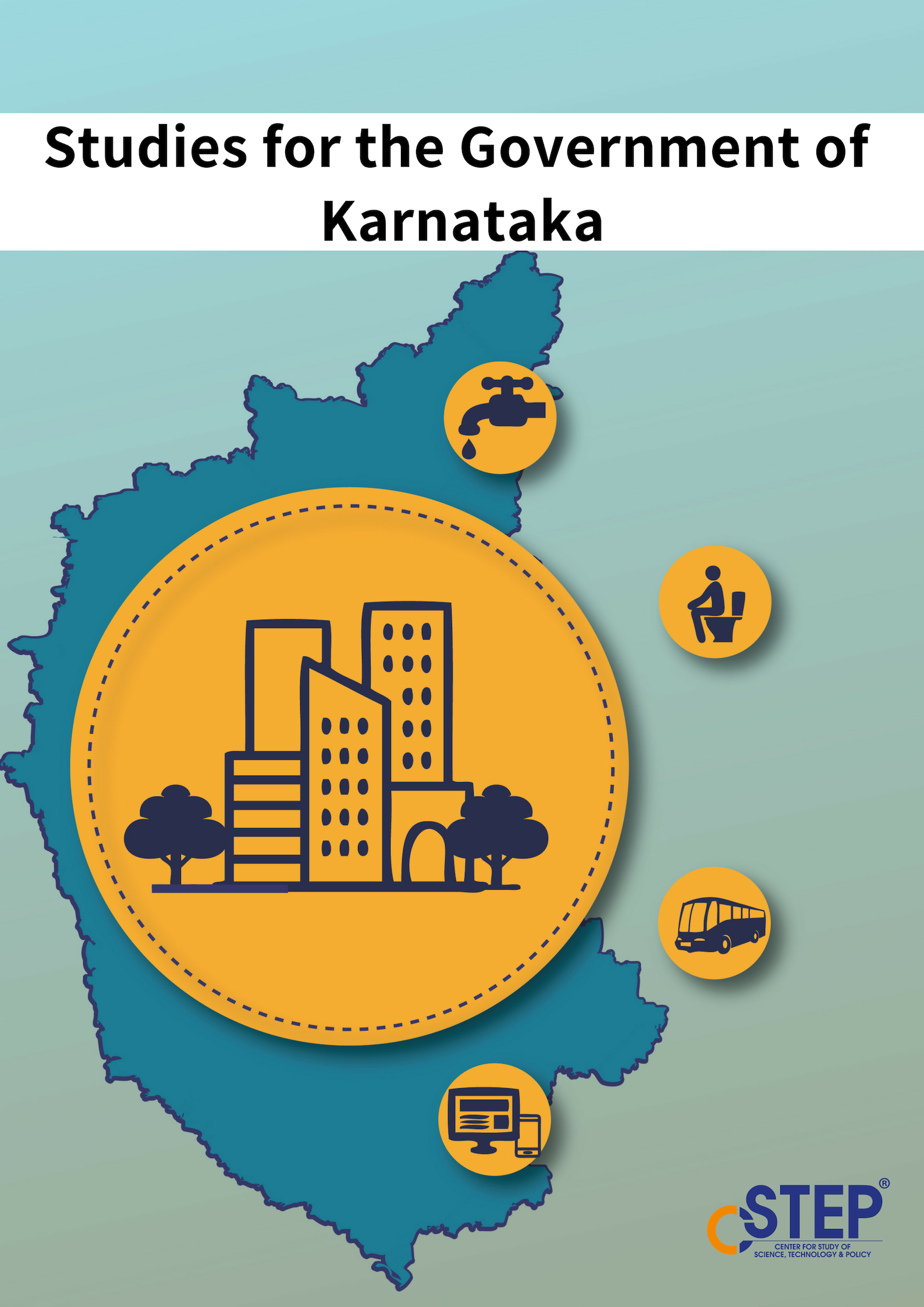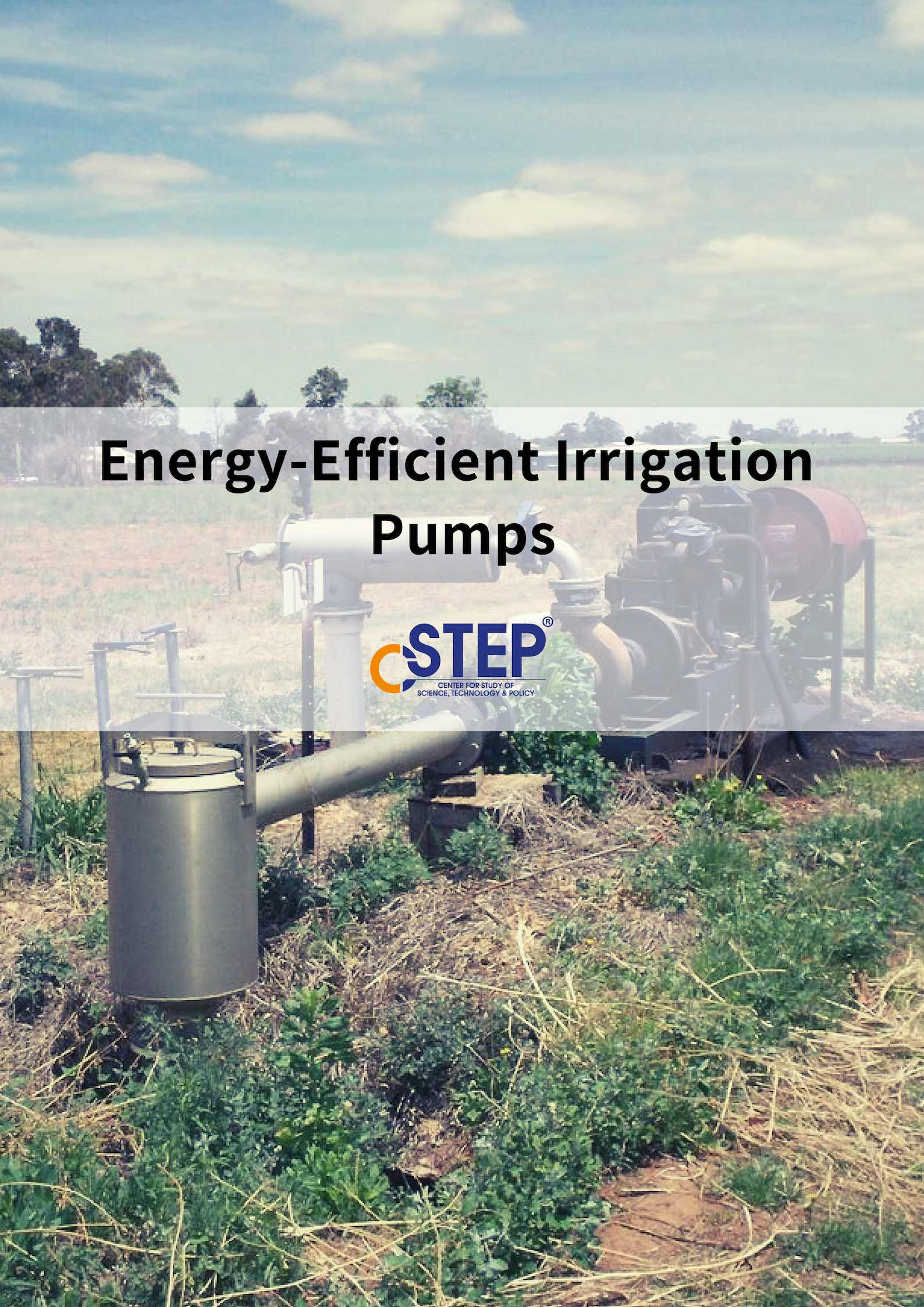Energy is a key factor in combating climate change, one of the biggest challenges the world is facing today. India has committed to cutting emissions to net zero by 2070 and set ambitious targets for adopting renewable energy. Achieving these targets requires careful planning and an overhaul of our current energy system.
Our work aims at enabling policies that encourage the adoption of rooftop solar, facilitate the development of technology for energy storage, strengthen the grid and transmission infrastructure, advance hydrogen technologies, and promote green mobility. CSTEP's research looks at the various aspects of mainstreaming renewable energy for a cleaner, greener energy sector.













Data that can drive Bengaluru out of traffic
Traffic and transportation surveys are essential to gain a clearer perspective on issues such as gridlock at major junctions and lower-than-forecasted metro ridership. In fact, these surveys are important to identify the root causes and develop traffic mitigation measures.
Policy Matters [July-September 2022]
Read our quarterly newsletter featuring CSTEP commentary, publications, events, and other developments
Macroscopic Analysis of a Hydrogen Economy
India’s energy sector will face two key challenges in the future. Firstly, there is the rising energy demand from a developing economy, whose priority remains bringing people out of poverty. For a country heavily dependent on fossil-fuel imports, there are high costs to meeting this demand. Secondly, India has set an ambitious target of becoming a net-zero economy by 2070. These are strong climate commitments and require the entire energy sector to reduce its overall emissions and mitigate the effects of the global climate crisis.
Why should the quality of rooftop solar systems not be compromised with lower costs?
India’s rooftop solar (RTS) sector has immense growth potential though it is underperforming currently with only 8 GW installed capacity as against the 40 GW target set for 2022. The potential needs to be realised quickly because the scaling up of RTS is paramount to achieving India’s ambitious renewable energy targets. The recently launched National Portal for Rooftop Solar, which is expected to simplify the application and subsidy disbursement process, aims to accelerate RTS growth in India.
How Storage Integrations Can Provide A Strategic Benefit in Large Scale Solar Projects and Create Synergy?
At the COP 26 UN Climate Change Conference in Glasgow, the Government of India revised its non-fossil energy targets for 2030 from 450 GW to 500 GW. To accomplish this, developing India’s solar potential is essential. Given the intermittent nature of renewable energy (RE) sources, we require energy storage systems (ESS) to maintain the power grid's security and dependability. Recent advancements in ESS technologies have resulted in a substantial decrease in capital cost, expanding market growth.
Rooftop Solar Coalition: Round Table
The uptake of rooftop solar technology has been slow in India though it is an important component in achieving our renewable energy targets. The Center for Study of Science, Technology and Policy (CSTEP)—along with the Council On Energy, Environment and Water (CEEW) and the National Solar Energy Federation of India (NSEFI)—organised a two-day round-table conference on Rooftop Solar Coalition in New Delhi to discuss ways to increase the adoption of rooftop solar in India.
Assessing the impact of integrating electric vehicles and solar rooftop photovoltaic system into the power distribution network
This paper presents our analysis of the impact of integrating electric vehicles (EVs) and rooftop photovoltaics (RTPVs) on power system distribution feeders at the 11 kV level. For the assessment, we selected a sample urban feeder that served both domestic and commercial consumers within Bengaluru city limits. The EV demand projection was considered on the basis of a report by the Indian Institute of Technology, Kanpur, whereas the RTPV potential was estimated using CSTEP’s Rooftop Evaluation for Solar Tool.
Moving towards solar-powered e-roads in India
India has been moving towards advanced technologies in transport, and some key modern technologies have entered its highway network system. The government is actively planning to introduce E-roads such as E-highways and E-expressways for charging a large chunk of electric vehicles (EVs). NITI Aayog says that EVs will account for 80 per cent of two- and three-wheelers, 40 per cent of buses, and 30–70 per cent of cars by 2030 in India. As a pilot run, India’s first E-highway between Delhi and Jaipur will be developed soon.
Rising Fossil Fuel Prices: A Good Time to Switch to EV Fleets?
India is one of the fastest-growing large economies in the post-Covid era. The transport sector, a major contributor to India’s GDP, is currently dominated by internal combustion engine (ICE) vehicles and, therefore, is dependent on fossil fuels.
The Challenges of Setting up an International Power Grid
The International Energy Agency published a report entitled ‘Southeast Asia Energy Outlook 2022’ last month. It said that the rapid economic growth in most Southeast Asian countries since 2000 is now threatening their energy security, as they struggle to keep pace with their growing energy needs.
The scene is not very different for other regions of the world.
